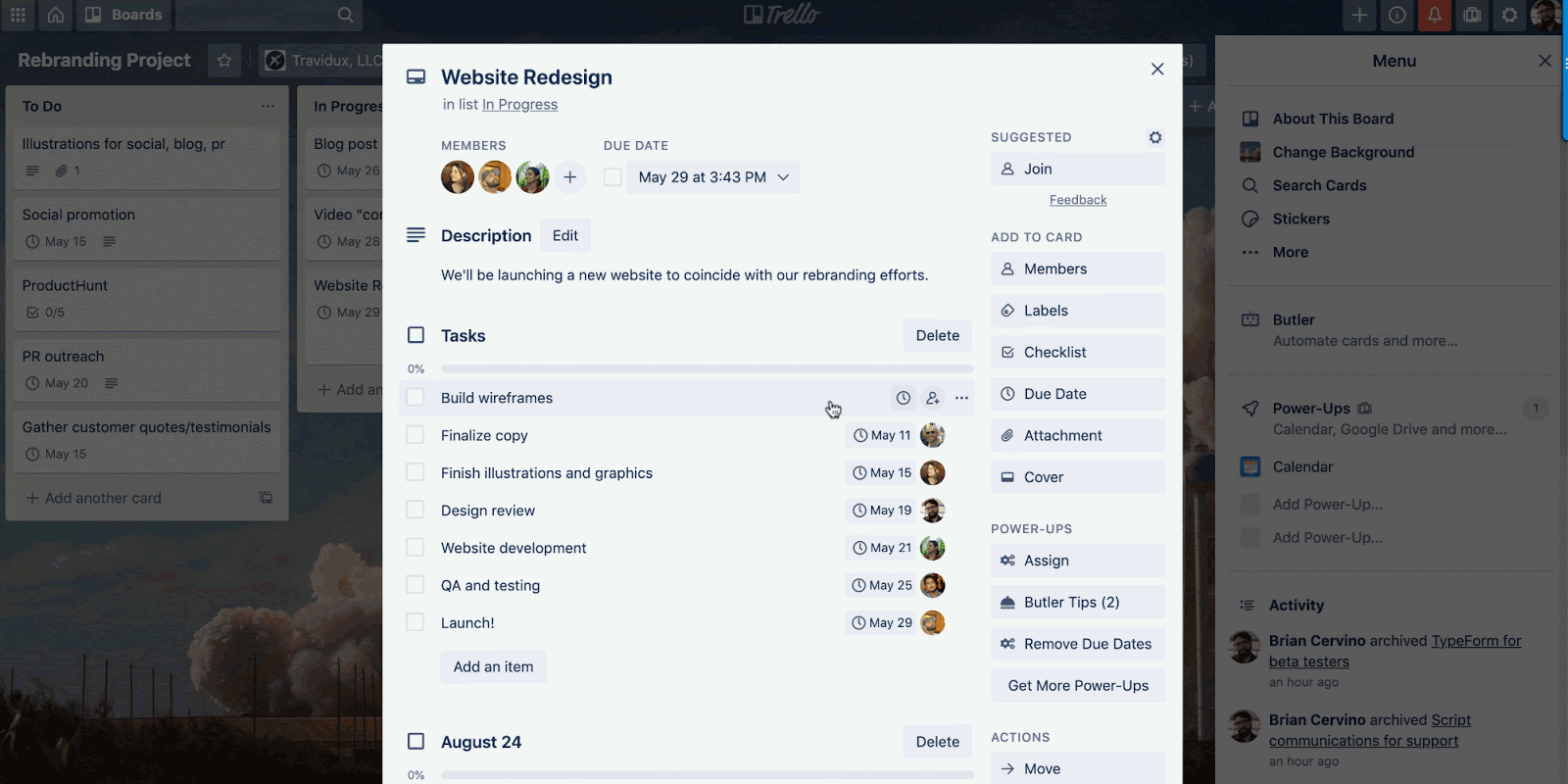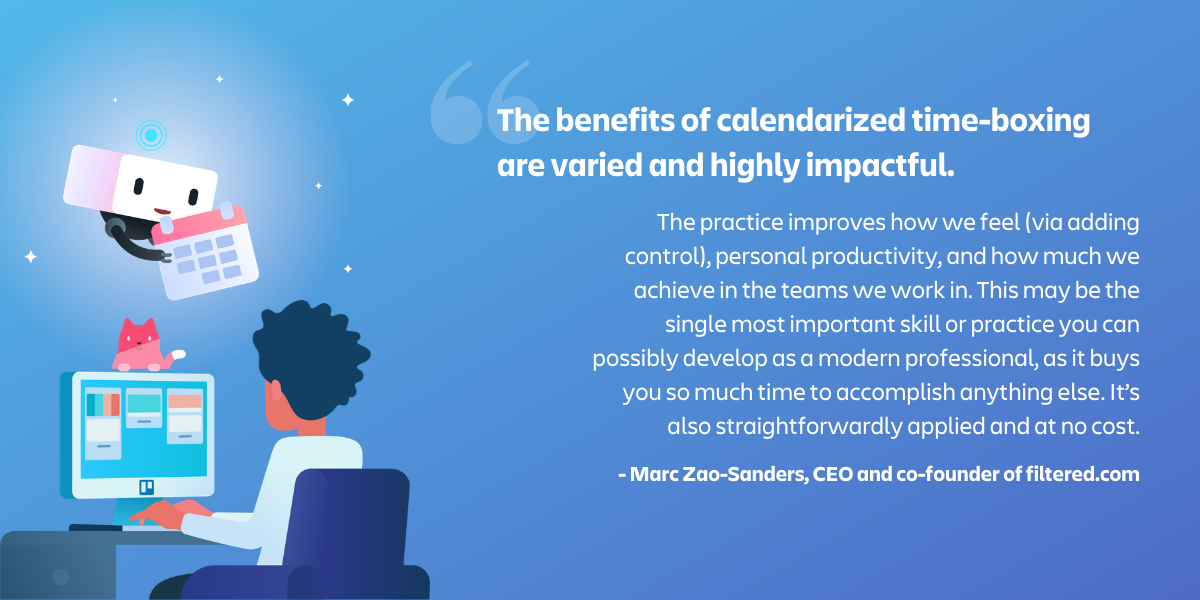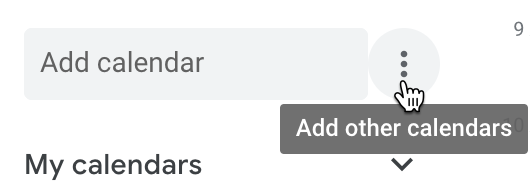
Ah, 7:00 am, time to get up and get to—*hits snooze*.
…Okay, for real this time, it’s time to get cracking on the morning and get some important tasks done. I’ll just roll out of bed, make some coffee, and—is that pancake mix? I’ve been wanting to try that french toast pancake recipe for a while.
Two hours and a kitchen covered in cinnamon later, it’s almost noon, your laptop hasn’t been turned on, and panic starts to set in. Sound familiar? You may have fallen culprit to the remote black hole of low productivity, and you’re not alone.

Since early 2020, 88% of organizations have encouraged or required their employees to work from home (that accounts for almost one-third of the United States!). Imagine the number of recipe-fails per square mile—surely catastrophic.
So how do you avoid the distractions, stay laser-focused, and keep productivity levels high when Netflix, your new puppy, children, and the fridge are all within a short walk of your work desk?
You have to hold yourself accountable. Here are some tips for staying accountable while working from home. It’s time to prove those remote work myths aren’t true.
Stick To A Fail-Proof Morning Routine
Morning routines are great for a lot of reasons—they encourage productive habits, jump-start your brain, and get your workflows in a rhythm.
High-performers people all over the world swear they’re the secret to their success.

The key to a successful morning routine is understanding how your brain and body operate during the first few hours of the day. Do you wake up energized or does it take a while for your mind to be able to handle heavy decision-making tasks? Are you most productive after a workout? If you dress in business-casual clothing, will it trick your mind into showing up like you would in an office?
Whatever it is, be sure to choose a morning ritual that focuses your mind and gets it ready to hone in on that day’s task list. Some popular approaches include:
- Daily affirmations
- Coffee and a crossword puzzle
- A shower and getting dressed (as in, something other than your pajamas)
- Early morning bike ride
- Virtual yoga class
- Reviewing big-picture goals
Set Specific Daily, Weekly, and Monthly Goals
When was the last time you set a specific goal—as in a goal that you could easily measure and identify when you completed it? By setting daily, weekly, and monthly goals, you can more easily achieve your larger, “big picture” goals, which may feel too intimidating to accomplish right away.
A study from Harvard Business found that most people don’t have concrete goals, and those who do, rarely write them down. The main result from their study, however, is that the few who do write down their goals are 10 times more successful than those who have goals but don’t record them.
Not only does writing down your goals raise your chances of being successful, but it also helps you feel accomplished when you’re able to check them off along the way.
An easy way to start small but set yourself up for success is to write three things down that you’d like to accomplish the next day. This is a great way to end a workday and highlight priorities for the next day.
How To Use Advanced Checklists In Trello To Reach Your Goals
You can break down a large goal into smaller pieces with Advanced Checklists. Whether you’re working solo or on a team, Advanced Checklists enable you to create a card for a large goal or project, break down the steps to complete it, and assign those out to specific team members (or yourself!).
Within the checklist, you can assign due dates for each step and hold yourself accountable throughout the entire process.

If the checklist item gets unruly and starts taking on too many subtasks, it’s easy to convert the checklist item into a card.
"It keeps you accountable and prevents you from being overwhelmed to complete everything at once. So for me, in graphics, if I'm working on a project, I will be able to schedule when I source the info, finish a draft, submit a final product, complete printing, and deliver to the client, without having to create a different card. It’s like a control center for a project.”
- Ruth-Ann Brown, Digital Media Coordinator
To zoom out and view the checklist due dates alongside larger project deadlines, simply go to Calendar View. There is a stylistic differentiation between checklists and cards, so you know which is which:

Create a Distraction-Free Work Zone
If you’re like most, it can be difficult to focus on anything when there’s an over-stimulating environment happening around you. In a ‘normal’ office setting, you’re surrounded by coworkers who are also working hard—not tempted by the couch, the latest episode of a crime series, or your new in-ground pool in the backyard.
Gloria Mark of the University of California found that a typical office worker gets only 11 minutes between each interruption, and it takes an average of 25 minutes to return to the original task after an interruption. Add in home-environment distractions, and that number is sure to increase.
Many struggle to find a space in their home that allows them to focus without interruption. This is particularly difficult if your roommates, partner, or family members are also in the same space as you. In order to bring some zen to your workday, you have to rid your workspace of clutter and distractions.
Some easy ways to avoid getting distracted while working remotely include:
- Set up a comfortable workspace including a proper desk and chair
- Position your workspace (if possible) in a room separate from common spaces
- Mute phone notifications during working hours
- Schedule in time for lunch and screen breaks
- Leave the TV off
- Find a playlist that improves your focus
- Clear clutter from your desk and the room you’re working in
- Add mood-boosting and air-freshening plants to your workspace
Block Off Your Schedule To Complete Important Tasks
Are there one or two pesky tasks that have been on your list for weeks and keep pushing off? It’s time to timebox your schedule and get down to business.
Parkinson’s law states that work expands into the time available for its completion. Although it’s not really a law (it’s more of a wry observation), there is some truth to it. If you know a task is important but not urgent, you may end up pushing that task off until the very last minute (even if it will only take you a minute to complete).
For instance, if your manager has tasked you with furthering your learning by attending an online course by the end of the month, you may think “I have all month, why do it now when there are other tasks that need my attention?”. While this may be true, deadlines often approach sooner than planned, and it’s important to block off time in your schedule to complete them (plus some buffer time, for those ‘something came up last-minute’ situations).
Here’s how to bring some much-needed discipline into your workweek:
Simply open your calendar and schedule a meeting with yourself. It’s often helpful to block off a large portion of your day (or at least an hour or two) to really go heads-down and make some substantial progress on the task.
If you’re thinking “well since nobody else is attending the ‘meeting’, I’ll probably end up just blowing it off and prioritizing other things”, think about it this way: you show up to meetings with a team member or manager, right? Why wouldn’t you show up for yourself?
Marc Zao-Sanders, CEO and co-founder of filtered.com discovered timeboxing almost seven years ago and says it’s the reason his productivity has nearly doubled.

✨Pro-tip: Trello users can integrate their Google Calendar with their Trello boards for a seamless transition. To begin, enable the iCalendar feed and find the iCalendar URL for your board.
- Open the board menu
- Under "Power-Ups," Click "Calendar." Enable the Power-Up if you haven't already by clicking "Add Power-Up".
- Once there, click Edit Power-Up Settings. Alternatively, you can open the Calendar Power-Up from the board view and click the gear icon.
- Copy the URL from "iCalendar Feed."

Next, open Google Calendar, and click the ellipsis icon next to "Add calendar" on the left side. Click on "From URL."


Paste the iCalendar URL into the box, and click "Add Calendar."
Google Calendar will add your Trello board calendar and it will be assigned a color. You'll find the calendar listed under the "Other calendars" section.
When All Else Fails—Find A Buddy!
Another way to ensure that your productivity levels remain high at home is by finding an accountability partner—a mutual partnership or small group where you agree to coach each other and provide feedback on a regular basis.
With an accountability partner, you each agree to talk daily or weekly through feedback sessions where you share wins and talk about your current challenges.
Not sure this would work for you? The proof is in the numbers! The American Society of Training and Development found that people are 65% more likely to meet a goal after committing to another person. Their chances of success increase to 95% when they build in ongoing meetings with their partners to check in on their progress.
Here are some quick-tips for finding and maintaining a healthy accountability partner relationship:
- Be clear on what you want and need
- Find someone you respect and whose word carries weight for you
- Examine a potential partner's approach to their own business or career
- Agree on a meeting schedule and stick to it
Perform At Your Highest At Home
Even though working from home poses some challenges, these are some easy and realistic ways to get your productivity and schedule back on track. Once you find a system that works for you, stick to it and share your process with others who may be going through a similar situation.
Plus, by holding yourself accountable to getting the things done that will help you become more successful in your career, you’ll have more time throughout the day to dedicate to equally important things—like those french toast pancakes.
Good or bad, we'd love to hear your thoughts. Find us on Twitter (@trello)
Next: How To Set Strong Work-Life Boundaries As A Remote Worker






